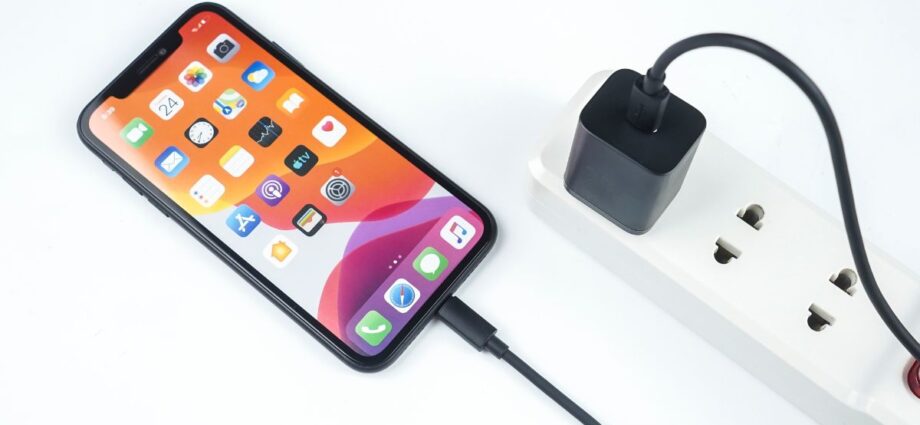Choosing the right smartphone can be a daunting task, considering the multitude of options available in today’s market. With each device boasting a range of features and specifications, it’s crucial to identify your specific needs and priorities before making a purchase. Here’s a comprehensive guide to help you navigate the smartphone selection process and find the perfect device that aligns with your requirements.
Assess Your Usage Needs: Begin by evaluating how you primarily use your smartphone. Are you a heavy user who requires a device for multitasking, gaming, or content creation? Or are you more inclined towards basic communication, social media browsing, and occasional photography? Understanding your usage patterns will help you determine the level of performance, battery life, and camera capabilities you need in a smartphone.
Consider Operating Systems: Smartphones predominantly operate on either Android or iOS. Each operating system offers a distinct user experience, interface, and app ecosystem. While Android provides a more customizable and diverse platform, iOS is known for its user-friendly interface and seamless integration with other Apple devices. Consider your familiarity with the operating system and your preferences for app availability and ecosystem compatibility when making your choice.
Evaluate Performance and Processing Power: The processor, RAM, and storage capacity are crucial components that determine a smartphone’s performance. High-end processors like Qualcomm Snapdragon and Apple A-series chips offer seamless multitasking, smooth gaming experiences, and faster app loading times. Opt for a device with sufficient RAM to handle your multitasking needs, and choose ample storage space to accommodate your apps, photos, videos, and other data.
Assess Camera Capabilities: For photography enthusiasts or social media aficionados, a smartphone’s camera quality is a vital consideration. Look for devices with high-resolution main cameras, multiple lenses for versatile photography options, and advanced software features for enhanced image processing. Consider factors such as low-light performance, optical image stabilization, and the availability of manual settings if you prioritize photography.
Evaluate Display and Size: The display size, resolution, and type significantly impact your viewing experience. Larger screens offer better multimedia immersion, while smaller screens provide enhanced portability and one-handed usability. Consider factors like OLED or AMOLED displays for vibrant colors and deep contrasts, and higher resolution for sharper text and images. Assess your preference for screen size and resolution based on your multimedia consumption and comfort level.
Assess Battery Life and Charging Capabilities: A long-lasting battery is essential for uninterrupted usage throughout the day. Look for smartphones with larger battery capacities, optimized power management systems, and fast-charging capabilities. Assess the availability of wireless charging options if you prioritize convenience and cable-free charging experiences.
Consider Connectivity and Additional Features: Evaluate the connectivity options available, including 5G compatibility for faster internet speeds, Bluetooth version for seamless device pairing, and NFC for contactless payments. Consider additional features such as water and dust resistance, fingerprint sensors, facial recognition, and headphone jack availability, based on your preferences and lifestyle requirements.
Set a Realistic Budget: Establish a budget range based on your financial considerations and the features you prioritize. Determine the essential features you require and consider whether any premium offerings align with your usage needs. Remember that striking the right balance between features and budget is crucial to finding a smartphone that meets your requirements without overspending.
Choosing the right smartphone involves a thorough understanding of your usage patterns, preferences, and budget constraints. Assess the device’s performance, camera capabilities, display features, battery life, and additional functionalities to ensure that your chosen smartphone caters to your specific needs and preferences effectively. By considering these factors, you can make an informed decision and find a smartphone that seamlessly integrates into your digital lifestyle.


